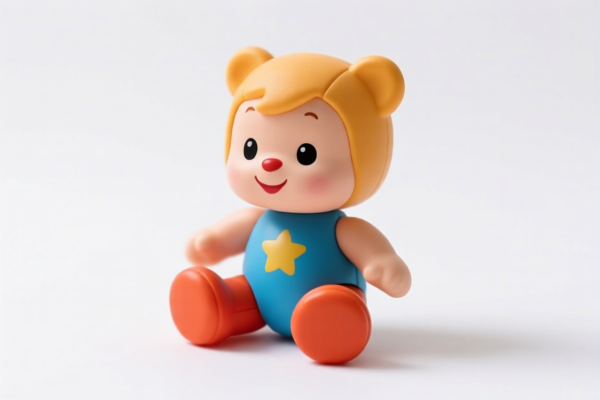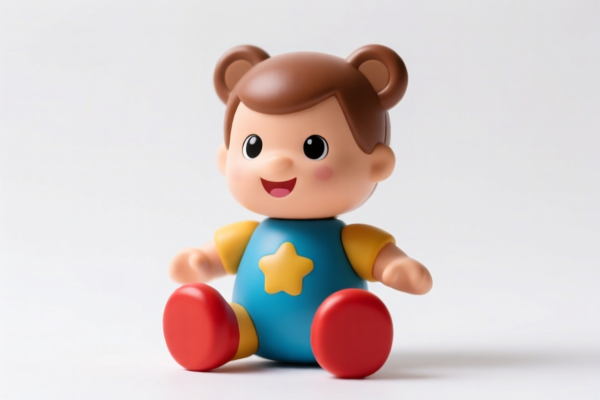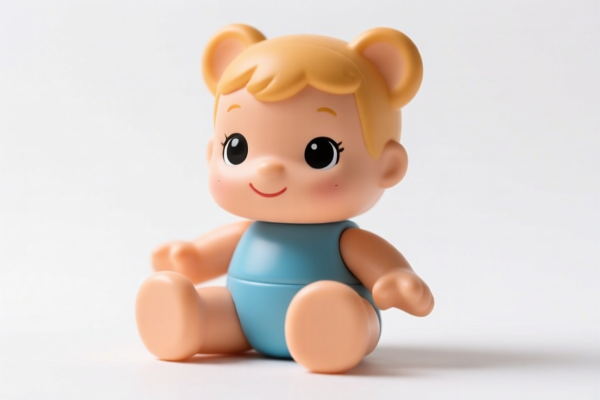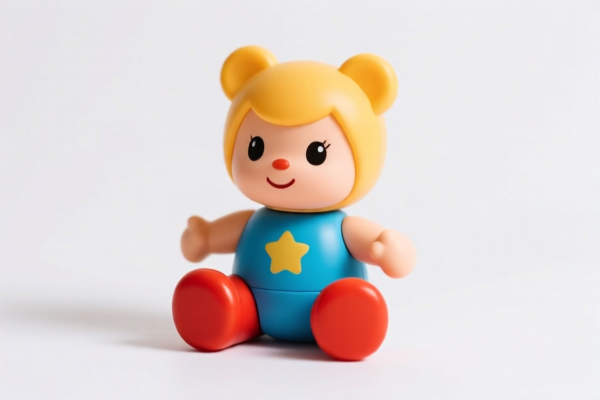| HS Code | Official Doc | Tariff Rate | Origin | Destination | Effective Date |
|---|---|---|---|---|---|
| 9503000071 | Doc | 30.0% | CN | US | 2025-05-12 |
| 9503000073 | Doc | 30.0% | CN | US | 2025-05-12 |
| 9504906000 | Doc | 30.0% | CN | US | 2025-05-12 |
| 3926400010 | Doc | 35.3% | CN | US | 2025-05-12 |
| 3924104000 | Doc | 33.4% | CN | US | 2025-05-12 |
| 3924905650 | Doc | 40.9% | CN | US | 2025-05-12 |




Toy Dice
Toy dice are miniaturized dice designed for play, typically by children, though they are also utilized in board games and as novelties. They differ from standard casino or professional dice in their materials, precision, and often, size.
Material
- Plastic: The most common material due to its low cost, durability, and ease of manufacturing. Various types of plastic are used, including acrylic, polystyrene, and polypropylene.
- Wood: Traditional material, offering a classic aesthetic. Often finished with paint or varnish.
- Foam: Used for very young children to avoid injury. These are typically oversized and soft.
- Rubber: Provides a soft, bouncy texture and is safe for toddlers.
- Metal: Less common, used for collectible or weighted dice.
Purpose
The primary purpose of toy dice is recreational. This includes:
- Game Play: Used in a wide variety of children's board games, role-playing games, and other activities.
- Early Childhood Education: Used to teach number recognition, counting, and basic probability concepts.
- Collectible Items: Some toy dice are designed as collectibles, often featuring unique designs or themes.
- Novelty Items: Used as decorations, party favors, or small gifts.
Function
Toy dice function as random number generators. Each side is marked with a number of pips (dots) or numerals, typically ranging from one to six. When rolled, the die tumbles and lands on one face, displaying a random number. The randomness is achieved through the die's shape and weight distribution.
Usage Scenarios
- Board Games: Used in games like Yahtzee, Monopoly Junior, and various children’s educational games.
- Educational Activities: Used in classrooms and homes to teach math skills.
- Role-Playing Games: Smaller dice sets are sometimes used in simplified RPGs for children.
- Party Games: Used in simple dice games for entertainment.
- Individual Play: Children may use dice for imaginative play or to create their own games.
Common Types
- Standard Six-Sided Dice (d6): The most common type, with numbers 1-6.
- Oversized Dice: Larger dice, easier for young children to handle.
- Colored Dice: Dice in various colors, often used to differentiate between players or to add visual appeal.
- Patterned Dice: Dice with images or patterns instead of numbers, used for younger children or specific games.
- Glow-in-the-Dark Dice: Dice that glow in the dark, adding an element of fun.
- Character Dice: Dice featuring characters from popular movies, TV shows, or books.
- Polyhedral Dice: While less common as toys, smaller versions of d4, d8, d10, and d12 dice are sometimes included in children's game sets, particularly those inspired by RPGs.
Toy dice fall under several potential classifications based on the provided information.
-
9504906000: This HS code covers video game consoles and machines, table or parlor games (including pinball machines, billiards), special tables for casino games, and amusement machines operated by coins, banknotes, bank cards, tokens, or any other means of payment. Specifically, it includes chess, checkers, parchisi, backgammon, darts, and other games played on boards of a special design, as well as mah-jong and dominoes. Importantly, it also covers any of the foregoing games in combination with each other, or with other games, packaged together as a unit in immediate containers of a type used in retail sales; and poker chips and dice. The tariff rate is a base tariff of 0.0%, a surcharge of 0.0%, and a tariff of 30.0% after April 2, 2025, resulting in a total tariff rate of 30.0%.
-
9503000071: This HS code covers Tricycles, scooters, pedal cars and similar wheeled toys; dollsʼ carriages; dolls, other toys; reduced-scale (“scaleˮ) models and similar recreational models, working or not; puzzles of all kinds; parts and accessories thereof. It specifically refers to “Childrenʼs productsˮ as defined in 15 U.S.C. § 2052, labeled or determined by the importer as intended for use by persons under 3 years of age. The tariff rate is a base tariff of 0.0%, a surcharge of 0.0%, and a tariff of 30.0% after April 2, 2025, resulting in a total tariff rate of 30.0%. If the dice are intended for children under 3, this code applies.
-
9503000073: This HS code also covers Tricycles, scooters, pedal cars and similar wheeled toys; dollsʼ carriages; dolls, other toys; reduced-scale (“scaleˮ) models and similar recreational models, working or not; puzzles of all kinds; parts and accessories thereof. It specifically refers to “Childrenʼs productsˮ as defined in 15 U.S.C. § 2052, labeled or determined by the importer as intended for use by persons between 3 to 12 years of age. The tariff rate is a base tariff of 0.0%, a surcharge of 0.0%, and a tariff of 30.0% after April 2, 2025, resulting in a total tariff rate of 30.0%. If the dice are intended for children between 3 and 12, this code applies.
It is important to determine the intended age group for the dice, as this will dictate whether HS code 9503000071 or 9503000073 is appropriate. If the dice are part of a larger game set, HS code 9504906000 may be more suitable.
Customer Reviews
No reviews yet.